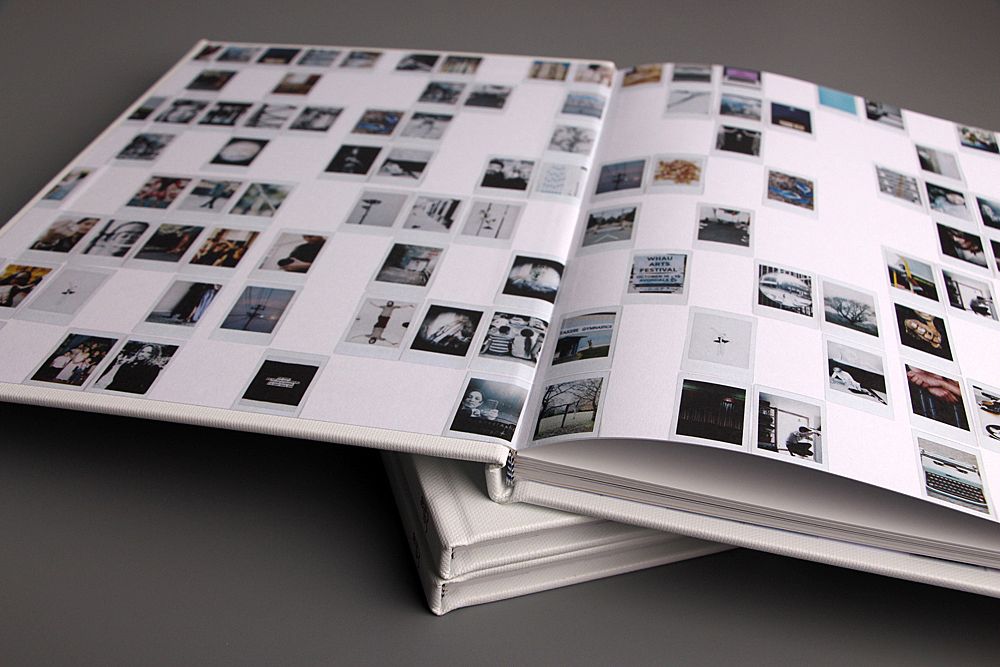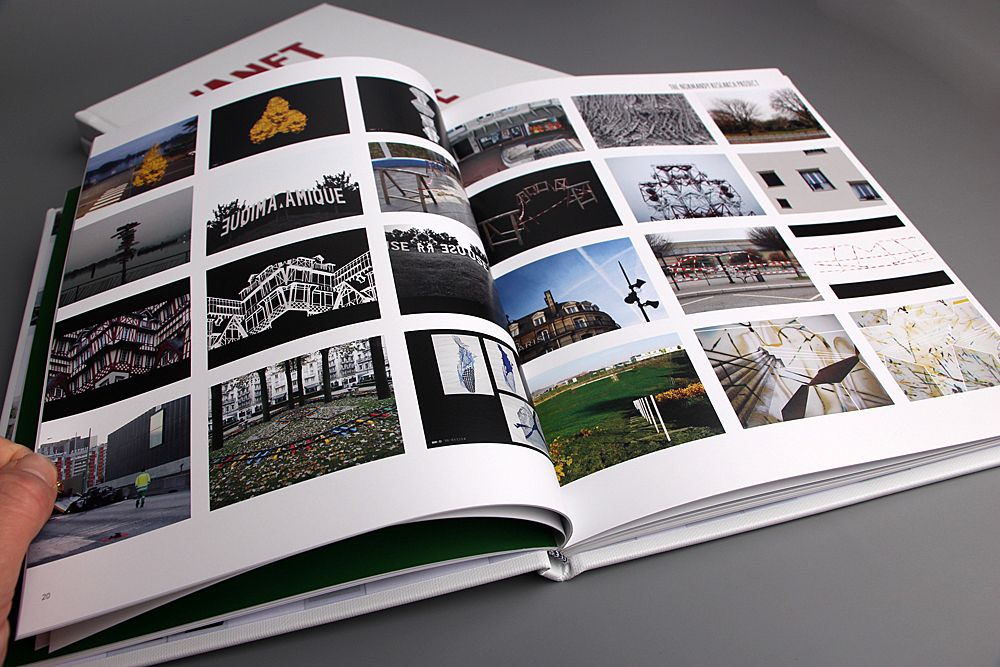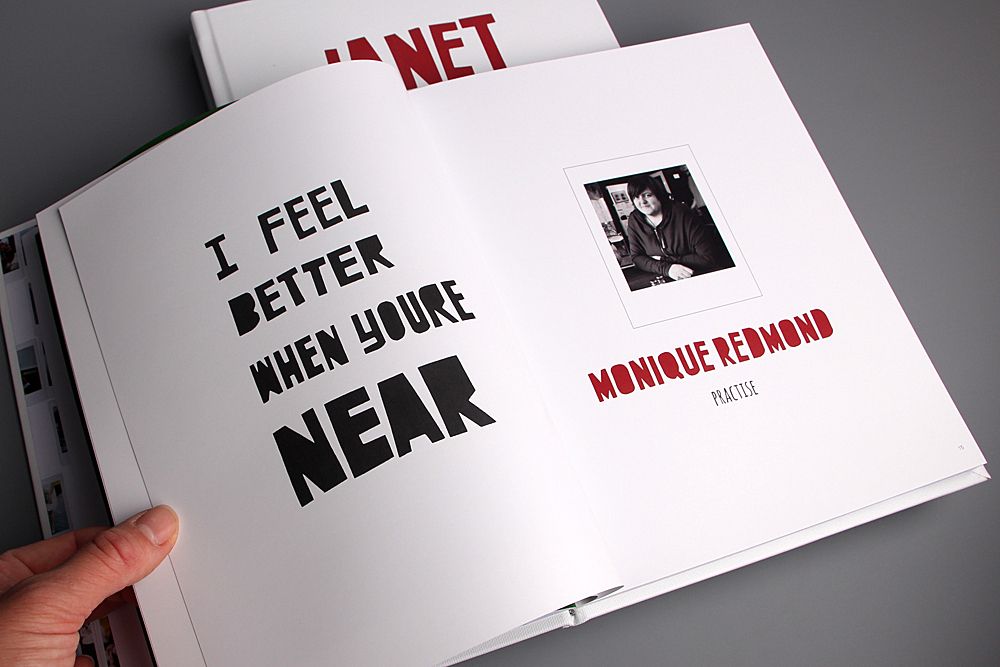Church and State: 'Janet Lilo: Status Update' the Publication
Lana Lopesi on the recently published 'Janet Lilo: Status Update', and the impossibility of talking about Lilo the artist without talking about Janet the person.
Lana Lopesi on the recently published Janet Lilo: Status Update, and the impossibility of talking about Lilo the artist without talking about Janet the person.
I was waiting for the bus to go to my tattoo apprenticeship – a short-lived affair, which kept me busy during a summer holiday when I was at art school. Entertaining myself on my iPhone, I checked my emails. There was a cold email in my inbox about some project that would involve me talking about my favourite t-shirt on camera. The next day, I was interviewed in the tattoo studio.
I first met Janet Lilo in 2012.
It was awkward, as recorded interviews tend to be. Lilo talked to me about her tā moko. I signed a release form. I had to look into the camera silent for a whole minute. It was so uncomfortable.
I never did see the associated show, Identi-tee, at Tamaki Paenga Hira Auckland War Memorial Museum. But a month or so ago, I got a email from Janet that said, “I found this on my hard drive :)” Attached was a still from the interview. A single photograph in a collection I can only imagine reaches into the hundreds of thousands.
I saw the photo again in Janet Lilo: Status Update, the publication that accompanies Lilo’s survey exhibition of the same name, curated by Ioana Gordon-Smith at Te Uru Waitakere Contemporary Gallery. In retrospect, Lilo probably sent me the still after digging around for the publication, and I can almost guarantee that I wasn’t the only person to receive such an email that day.
The 74-page, hardcover book was a collaboration between the artist, the curator, editor Tessa King, and designer Julia Gamble Vale. It covers a wide range of artistic projects, spanning several years, and includes a plethora of research. The publication is topped off with a screen-printed cover featuring a typeface created by Lilo.
Lilo’s practice is pretty hard to pin down. It’s incredibly accessible while hyper-conceptual. She doesn’t make ‘community art’, per se, but her work has the ability to engage the public effortlessly. It would be limiting to call Lilo a ‘post-internet artist’, but her knowledge of digital interfaces and technologies is profound. The key to her work is, perhaps, a fearless drawing practice, both digital and freehand, which has allowed her to continually test new ideas.
Janet Lilo: Status Update includes essays by Gordon-Smith, Monique Redmond, Caterina Riva, Ema Tavola, and Nina Tonga, each of whom has a strong voice and position. The essays do not attempt to tackle Lilo’s practice as a whole. Instead, they focus on particular time periods or particular aspects of her work. One thing that is inescapable is Lilo’s personal connection to the essayists. They are her colleagues and friends.
The publication opens with ‘All Day Every Day’ by Ema Tavola. With a background in audience-focussed curation, Tavola talks about Lilo’s ability to occupy the middle ground between contemporary art and community engagement, and praises the qualities of ‘realness’ in Lilo’s work.
Monique Redmond follows with ‘Practise’. I remember that at the last Whau Arts Festival, I approached Redmond and Lilo, who were sitting on some pallets. I thought I was joining a casual conversation, but as I drew near, I realised I had interrupted a private moment, like something between family members. In her essay, Redmond uses their personal relationship – which started in art school, when she was a mentor to Lilo – to examine the role of practising in the artist’s practice.
‘Slow Internet 2004–2009’ by Nina Tonga gives us a concise and considered discussion of Lilo’s work in the digital realm. Gordon-Smith follows with ‘Cut + Paste with keyboard shortcuts’. She begins with a discussion of the ‘photo-taking Janet’ many people will know well. She then discusses the digital editing processes used by the artist, extending on Tonga’s exploration of Lilo’s work by reference to the progression of the internet and social media.
For me, Lilo’s ability to engage community has often overshadowed her work as a post-internet artist (despite such a large critical focus on her decidedly internet-based project Top16), so it is great to see two essays dedicated to this subject.
Caterina Riva’s ‘Just Human’ ends the publication on an intimate note. Love letters of sorts, Riva’s writings recount her relationship with Lilo – one in which the personal and the professional are intertwined and inseparable.
*
As I’ve commented before, I like to review publications, both because they are a means to archiving practice, and because they’re what remains after exhibitions close. But can a book ever really stand up next to a show?
Launched at the exhibition opening, Janet Lilo: Status Update feels very much like a Lilo work. Hats off to the designer for so seamlessly incorporating the aesthetics of the artist’s practice. The shared editorial hand has been generous in revealing not just installation shots, but also working drawings and personal photos – and a large number of them at that. The varied writing styles give the reader breaks. It doesn’t feel as though you are trapped within a heavy text. Instead, you have the opportunity to go in and out of focus.
Selfishly, I would have liked some meatier essays. Many of those included feel like indirect teasers; although indirectness is a characteristic of Lilo’s work, so the team might equally be praised for keeping in line with the artist’s style. Overall, we get a sense of the diverse areas and issues that Lilo explores – whether directly or not.
Lilo is more than labels. For different audiences, her work means different things. It can act as a reflection of oneself, of an obsession with technology, of an acute understanding of information transmission, or of a meticulous drawing practice.
I recently left a job at an organisation co-chaired by Lilo. At my farewell lunch, she pulled out a packet of Polaroid film. She handed a piece to each person seated around the table and said that we had 20 seconds to draw on the film with our forks. When the time was up, she collected the pieces and gave them to me as my leaving gift.
For the Auckland art community, this is the Janet we know: the Janet whose work is fearless, but who is also our friend, who does things like make us toasted cheese sandwiches. Our community is small, and we often act as though as we don’t all know one another. But it’s impossible to talk about Janet’s work without talking about Janet the person. There is simply no separation of church and state where Janet Lilo is concerned.
Photographs courtesy of Te Uru Waitakere Contemporary Gallery.
Janet Lilo: Status Update
RRP $40
Available from Te Uru





